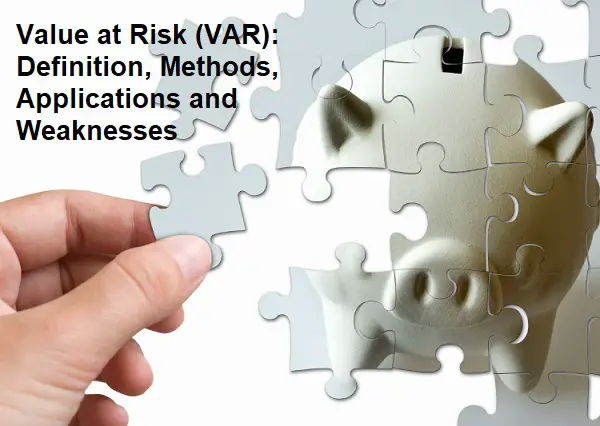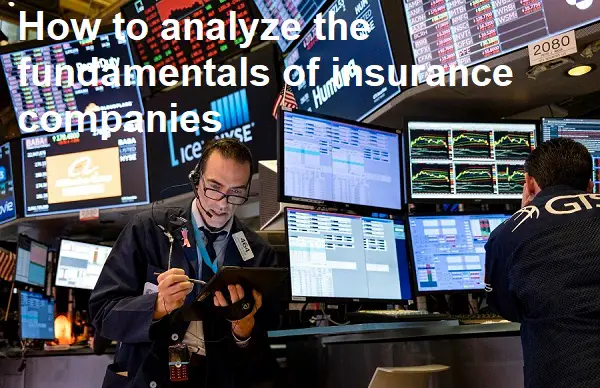Risk is an integral part of investments and other financial transactions. For this reason, for every investor or financial company, it is important to identify the risks of these activities in order to make it easier for them to manage the risks they may experience. On the other hand, there are many methods for measuring investment risk and financial transactions. One that is quite popular is Value at Risk or VAR.
This article contains a discussion about Value at Risk (VAR), such as its meaning, calculation methods, uses and weaknesses. For a more complete discussion, you can listen to it below.
What is Value at Risk (VAR)?
Value at Risk (VAR) is a method used to measure and assess financial risk by determining the level of loss that may occur in an investment or portfolio within a certain period of time with a certain level of confidence. VAR is calculated using probability distributions and refers to historical distributions or monte carlo simulations of financial returns.
The history of VAR begins in the 1980s, when the Bankers Trust devised a method for measuring market risk called a “market risk analyzer”. This method was later developed by JP Morgan and popularized by a financial consulting firm called RiskMetrics in 1994.
The use of VAR has the purpose and benefits of assisting financial managers in identifying and managing financial risks that may occur. VAR can also be used to measure a company’s risk exposure and compare it with a predetermined risk tolerance limit. It can also make it easier for financial managers to manage liquidity and set a maximum limit for the amount of each financial instrument held.
Methods used to calculate VAR
VAR can be calculated using several methods, including:
The variance covariance (VCV) method is the most commonly used method for calculating VAR. This method uses the variance-covariance matrix of financial returns to determine the level of loss that may occur in a portfolio within a certain period of time with a certain level of confidence.
1. The historical method is a method that calculates VAR by using the historical distribution of financial returns from a portfolio. This method assumes that the distribution of past financial returns will be repeated in the future.
2. The monte carlo method is a method that calculates VAR by carrying out a monte carlo simulation of the financial return of a portfolio. This method uses an algorithm that makes it possible to produce a probability distribution of financial returns using predetermined distribution assumptions.
3. The combined method is a method that combines several VAR calculation methods, such as the VCV method, the historical method, and the monte carlo method, to calculate the VAR of a portfolio. This method is considered more accurate than methods that only use one calculation method.
Use of VAR in Risk Management
VAR’s general function is to determine the level of risk and assist a person or group in managing that risk. The risk referred to here is financial risk, including investment, credit, market risk, liquidity risk and so on. Therefore, the application of VAR can not only be carried out by investors or investment institutions, but also by other financial institutions.
For example, the use of VAR in risk management for banks or other financial institutions is usually to assist banks and financial services companies in identifying and managing risks related to their financial activities, such as credit risk, market risk and liquidity risk. In this way, VAR will make it easier for banks and financial companies to manage these risks more effectively.
Meanwhile, the use of VAR in portfolio risk management is to assist investors in identifying and managing the risks associated with their investment portfolio. VAR can be used by investors to measure the level of loss that may occur within a certain period of time based on a certain level of confidence. VAR can also be used by investors to compare the level of risk between different portfolios, so that investors can choose a list of assets according to the risk tolerance limit that investors have.
Value at Risk (VAR) Weaknesses
The assumptions used in VAR calculations are one of the main weaknesses of this method. Some of the assumptions that are usually used are the assumption of the normal distribution of financial returns, namely the assumption that future financial returns will repeat themselves according to historical distributions and no unexpected events will occur in the future. These assumptions can cause the calculated VAR to be inaccurate in the actual situation.
The problem of abnormal distribution is also another drawback of VAR. Financial returns often do not have a normal distribution, so VAR calculations using normal distribution assumptions can produce inaccurate values.
Apart from that, the problem of inaccurate estimation is also another weakness of VAR. The calculated VAR may be affected by estimation errors of the parameters used in the calculations, such as volatility or correlations between financial instruments. This estimation error can also cause inaccurate VAR calculations.
Conclusion
Value at Risk (VAR) is a useful method for measuring and managing financial risk by determining the level of loss that may occur in an investment or portfolio within a certain period of time with a certain level of confidence. VAR can be used by financial managers, companies and investors to identify and manage the risks associated with their financial activities.
VAR is a fairly accurate method for measuring financial risk, however, there are some drawbacks that need to be considered, such as the assumptions used in VAR calculations, problems with abnormal distribution, and problems with inaccurate estimates.
In the future, VAR will continue to be used as the main method for measuring and managing financial risk, but there may be developments and improvements in the method of calculating VAR to mitigate these weaknesses. In addition, VAR may also continue to be used in conjunction with other methods to manage financial risk effectively.









